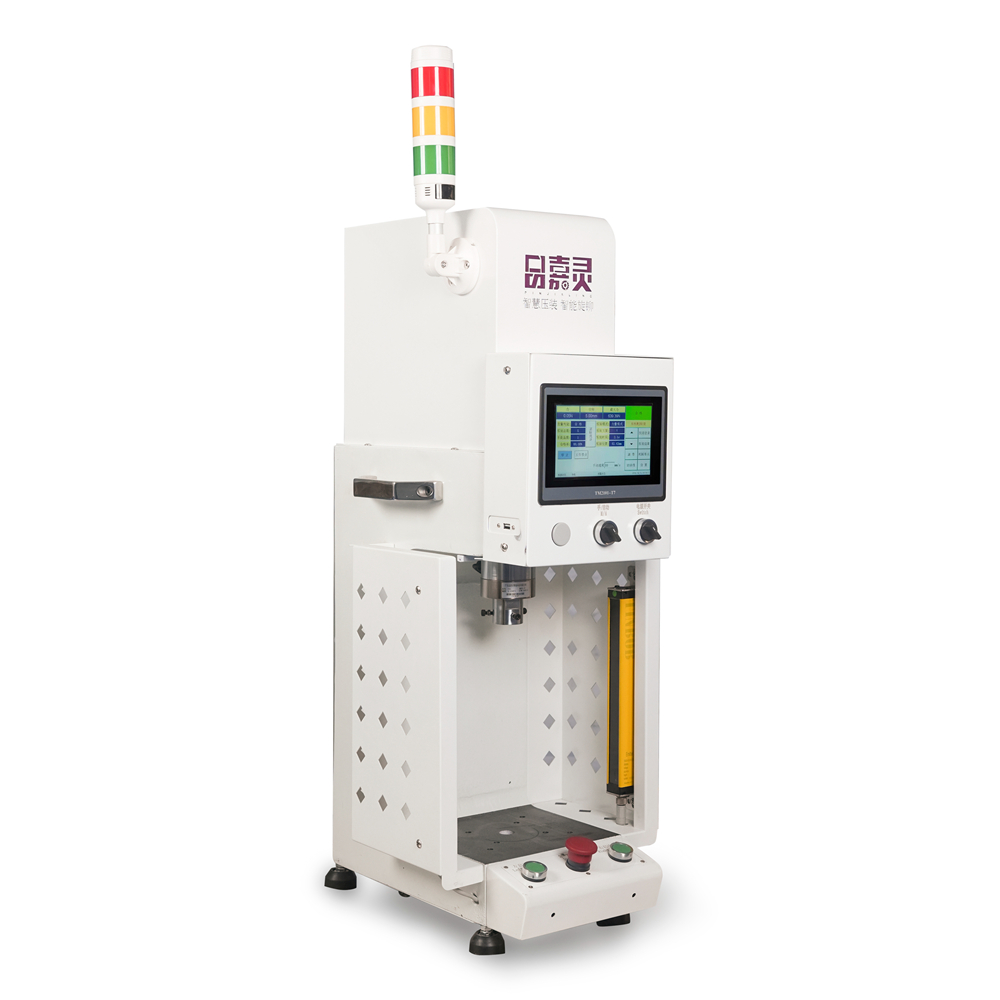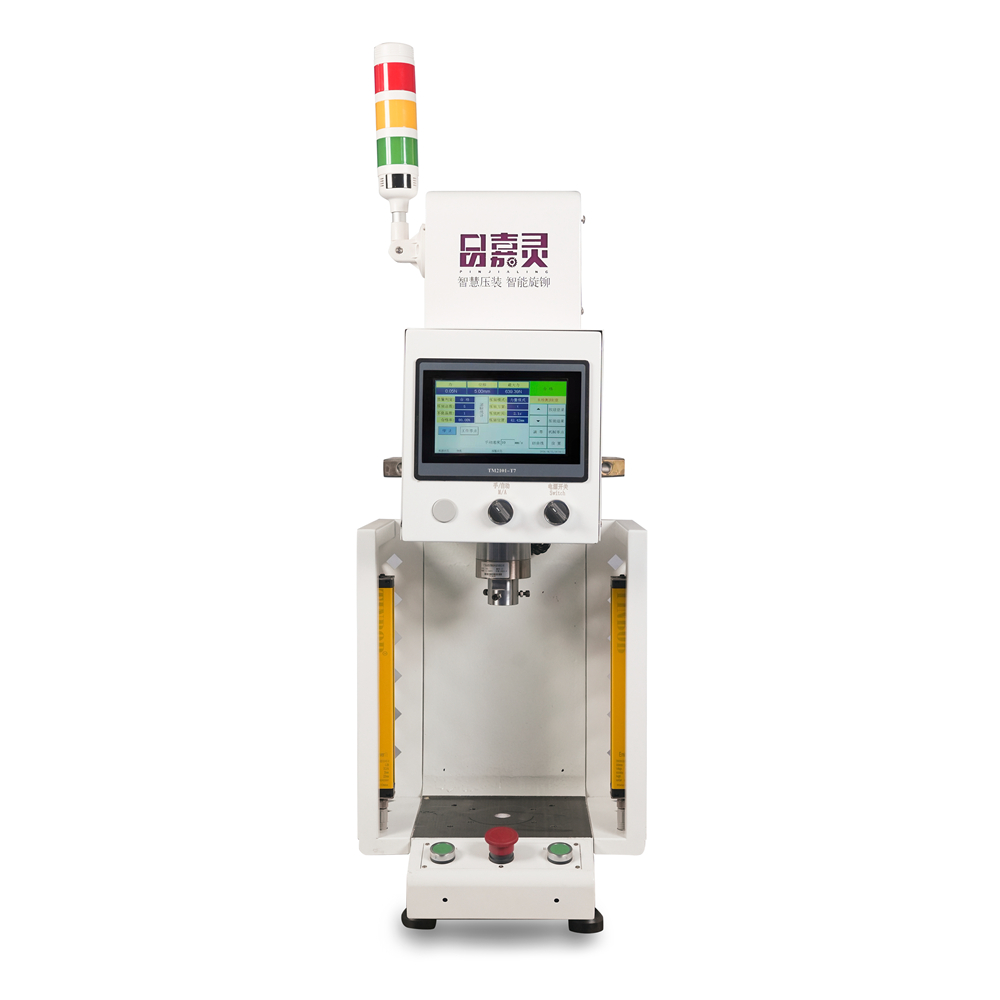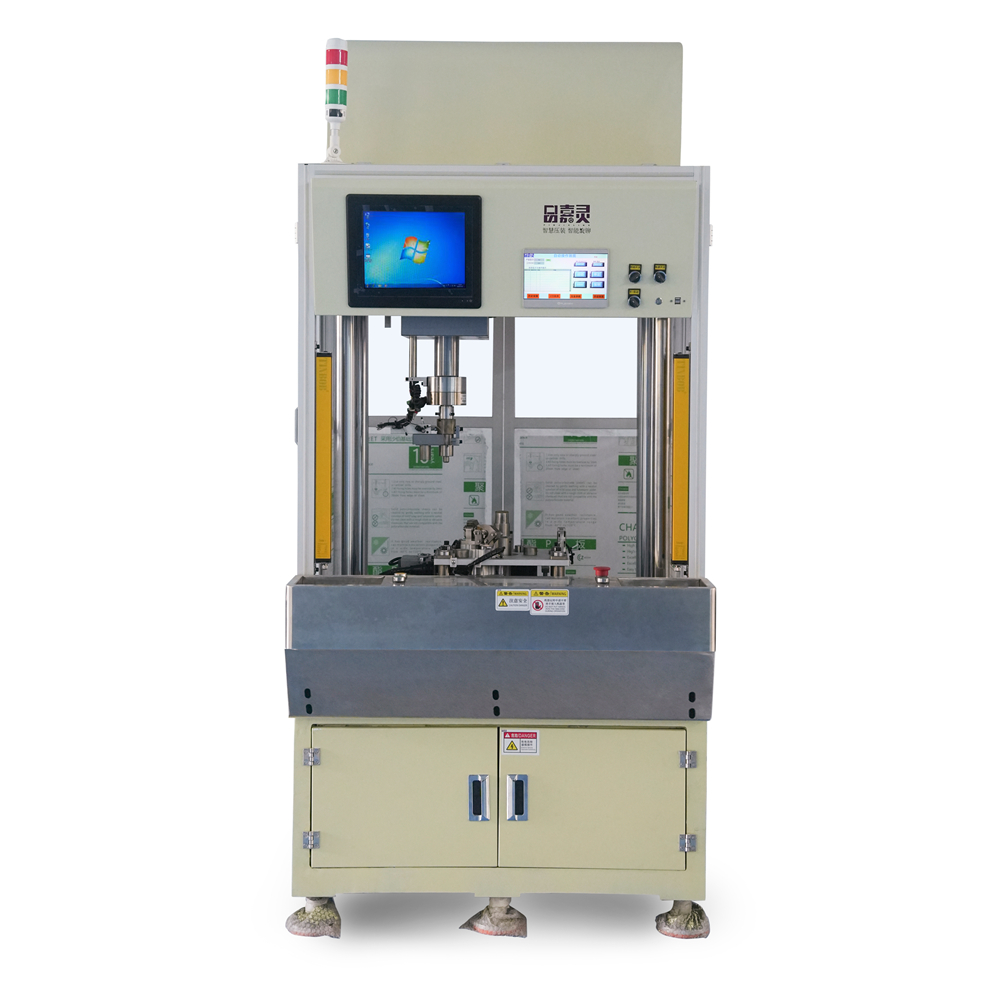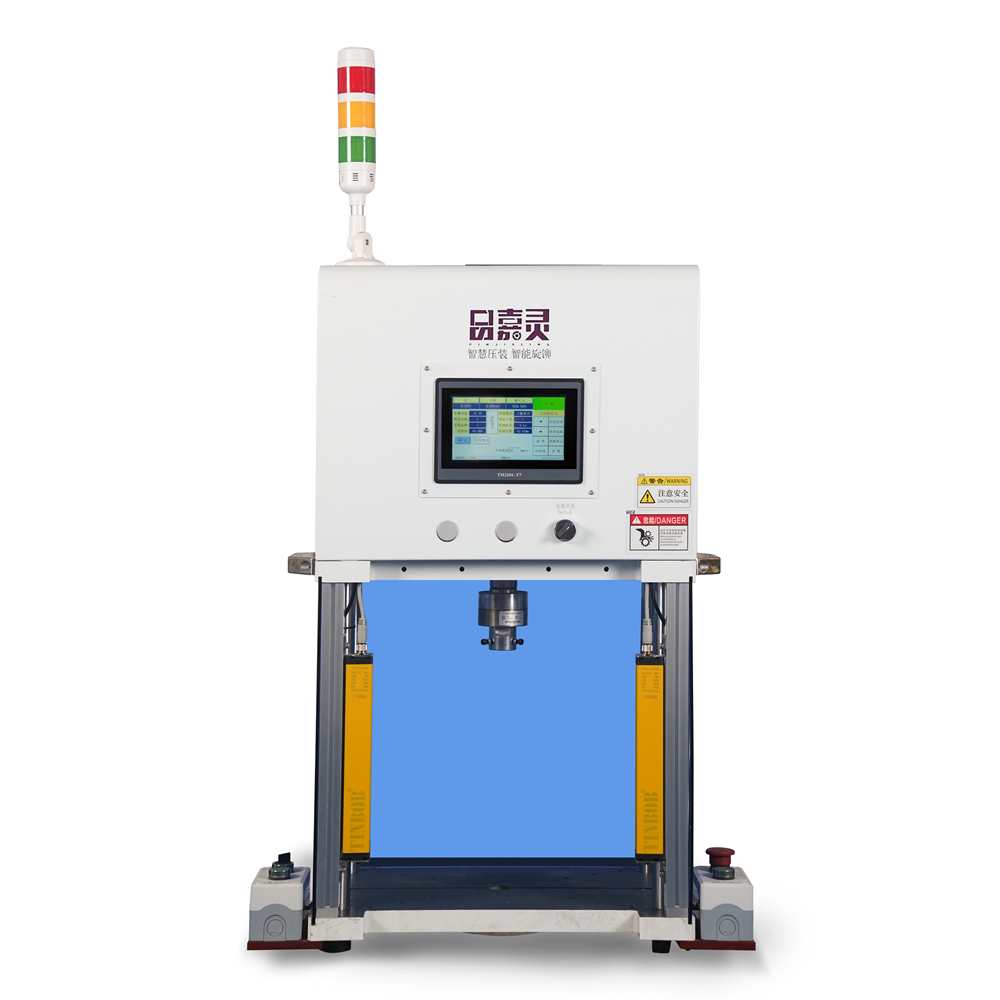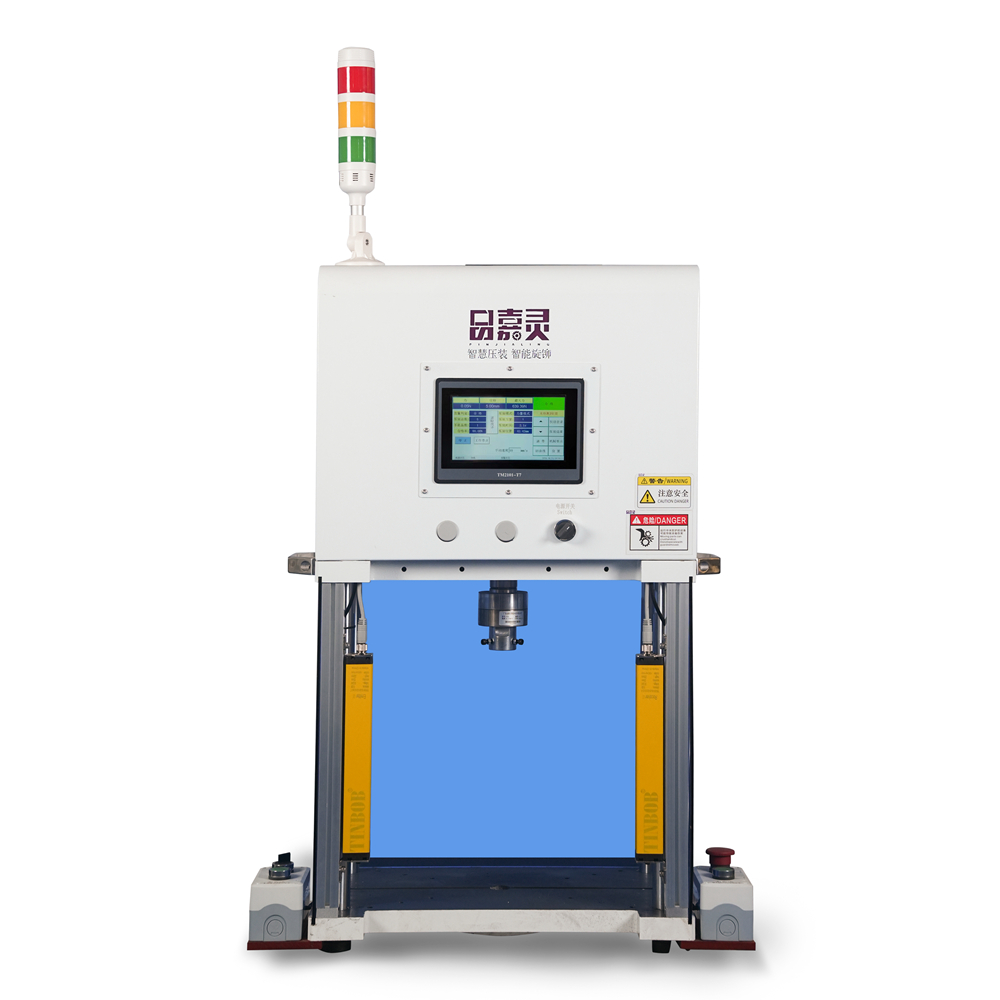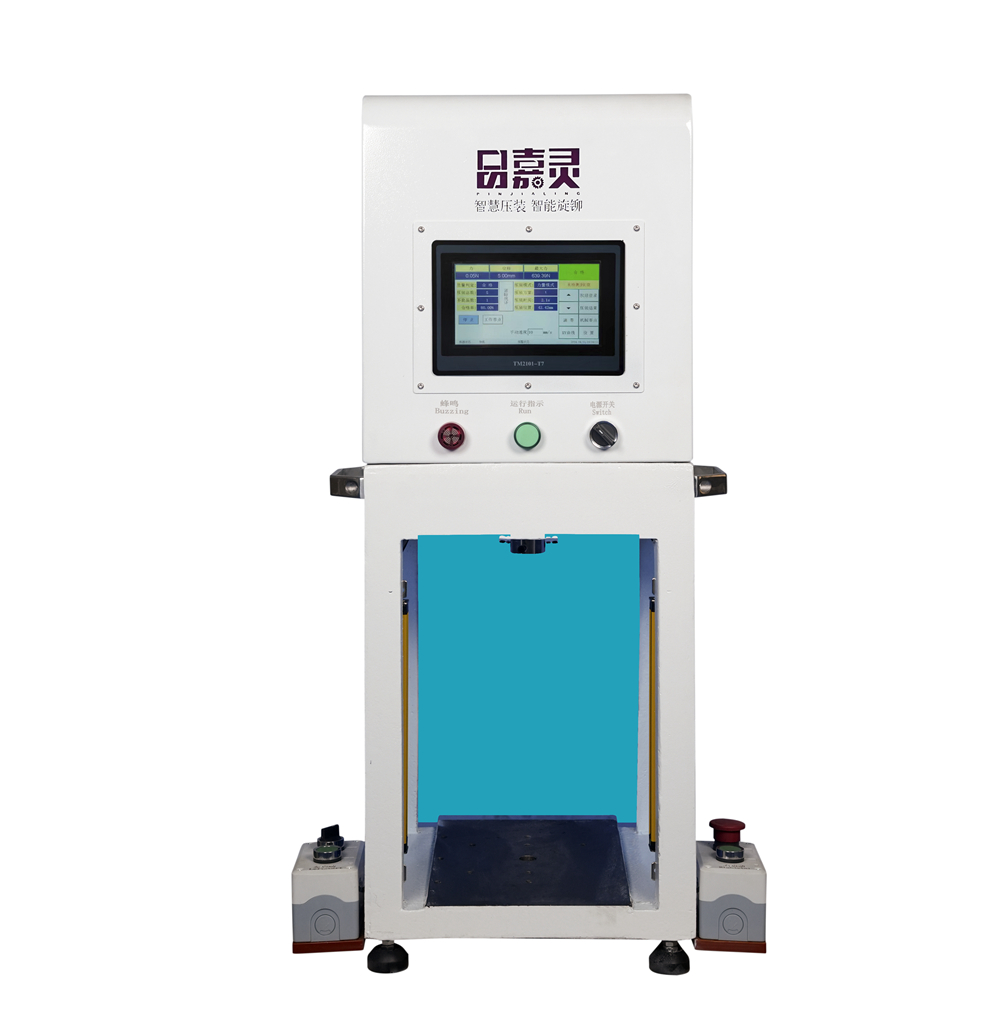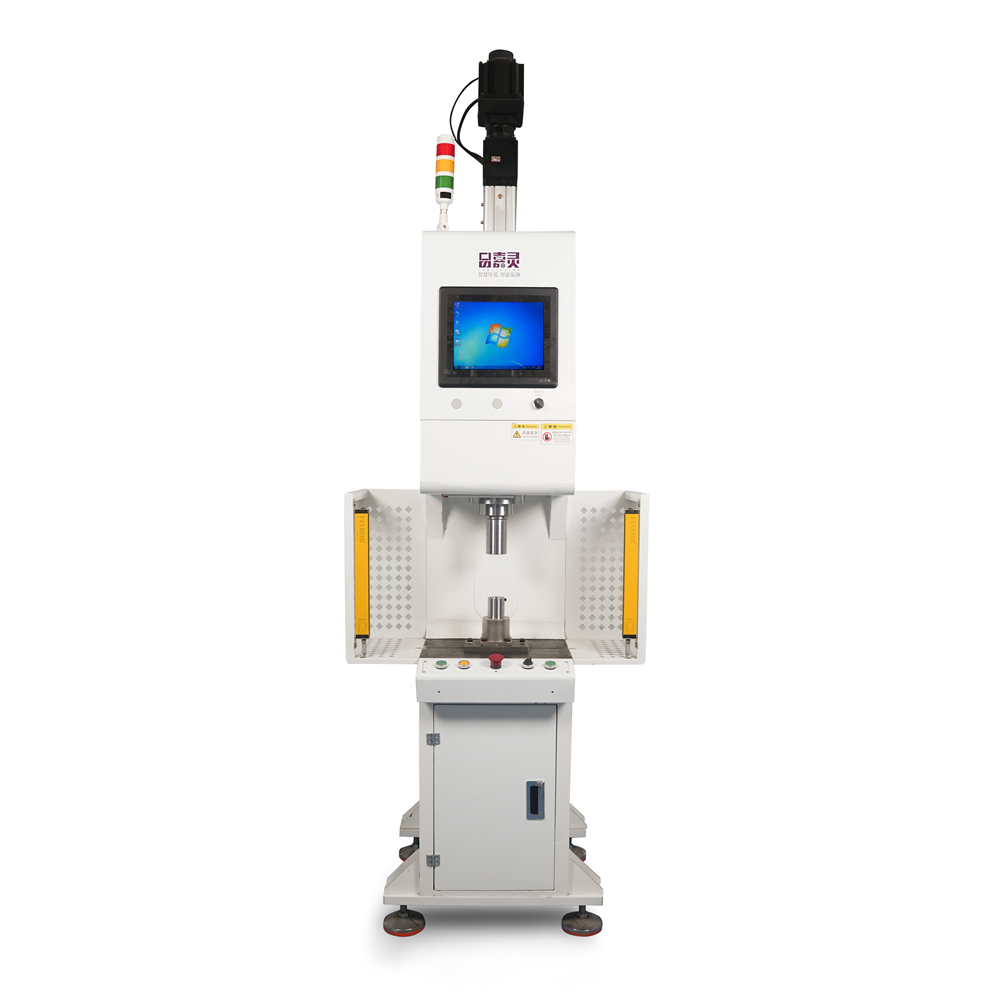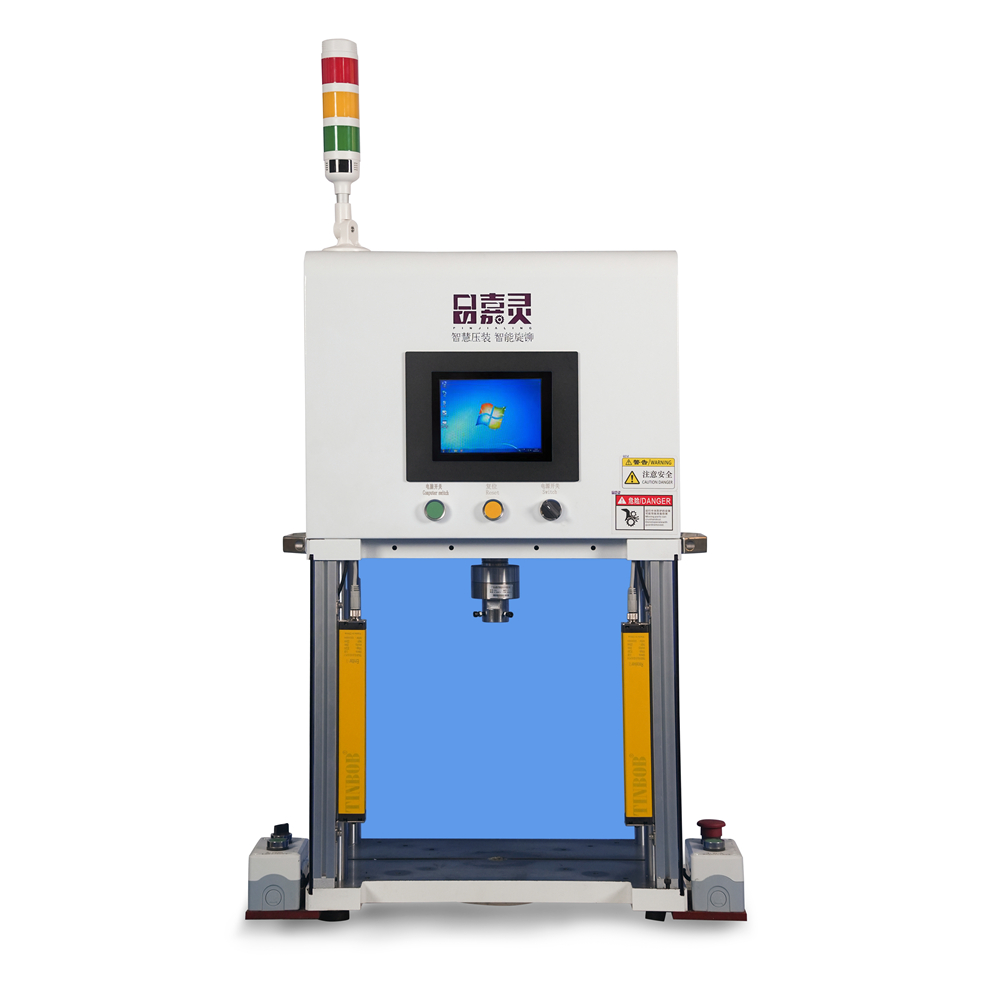Nanosilver Sintering Machine: Unraveling the Bonding Secrets of the Microscopic World
As a member of modern high-tech material processing equipment, the unique working principle of the nanosilver sintering machine plays a key role in the preparation and bonding of nanomaterials. This article explores the working principle of the nanosilver sintering machine in depth and analyzes in detail how it achieves the densification bonding of nanosilver particles in three stages, without including the application fields, innovations and future prospects.

1. First contact and surface activation
The first step of the nanosilver sintering machine is to promote the initial contact and surface activation between nanosilver particles. In this stage, the nanosilver particles gradually approach each other under the precisely controlled environment of the sintering machine and come into contact under the promotion of microscopic forces such as van der Waals force, electrostatic force and electron cloud interaction on the metal surface. At the same time, the organic coating layer (if any) begins to volatilize and decompose, and this process occurs almost simultaneously with the contact of the nanosilver particles, with no obvious boundary distinction. These initial contact points or surfaces provide the basis for the subsequent sintering process, and the surface activation also creates favorable conditions for diffusion and rearrangement between atoms.
2. Formation and Growth of Sinter Necks
As the sintering process progresses, the nanosilver sintering machine enters the stage of sinter neck formation and growth. At this stage, sintering neck is gradually formed at the contact points or surfaces between nanosilver particles by interatomic diffusion. These sintering necks are an important sign of crystal bonding between particles, and their formation and growth are the core links of the sintering process. Due to the existence of vacancy concentration gradients, atoms will migrate to the sinter neck area in large quantities, causing the sinter neck to grow rapidly. At the same time, by controlling the sintering temperature and time, the volatilization and decomposition products of the organic coating layer are pushed to the periphery of the sintering neck to form a specific sintered structure. This process not only eliminates the gaps between the nanoparticles, but also makes the sintered body denser and more uniform.

3. Densification bonding and grain boundary formation
The ultimate goal of nanosilver sintering machine is to achieve the densification bonding of nanosilver particles and form a continuous and stable sintered body. In the later stage of sintering, with the continuous growth of the sinter neck and the formation of grain boundaries, the bond between the particles becomes tighter. Grain boundary sliding and grain growth phenomena are significant, which promotes the densification process of the sintered body. At this stage, the pores are gradually isolated and formed into spheres located at the grain boundary or bonding point. As sintering progresses, the grains gradually grow and the grain boundaries between the particles form a continuous network, which makes the sintered body have higher strength and stability. This process is the key link for the nanosilver sintering machine to achieve the microstructure optimization of nanomaterials by precisely controlling parameters such as temperature, pressure and time.
In summary, the nanosilver sintering machine successfully achieves the densification bonding of nanosilver particles through the working principle of three stages: initial contact and surface activation, formation and growth of sinter neck, and densification bonding and grain boundary formation. This technology not only provides new ideas and methods for the preparation of nanomaterials, but also strongly supports the development of related fields.
- Comparative Analysis of Horizontal vs Vertical Servo Press Machine Structures
- The design and structure of servo press machines have evolved to cater to various industrial requirements,...
- Overview of Servo Press Machine Technology and Industrial Applications
- Servo press machines represent a significant advancement in the realm of industrial press technology. These...
- Vertical Servo Press Machine Force Distribution Analysis for Quality Control
- Vertical Servo Press Machine Force Distribution Analysis for Quality Control The functionality and...
- Vertical Servo Press Machine Pressure Sensing and Feedback Systems
- Vertical servo press machines utilize advanced technology to enhance manufacturing processes, particularly in applications requiring precise...
- Gantry Servo Press Machine Features for Heavy Duty Pressing Operations
- Gantry servo press machines represent a sophisticated solution for heavy-duty pressing operations, offering a range of...
- Horizontal Servo Press Machine Tooling Options and Compatibility
- Horizontal Servo Press Machine Tooling Options and Compatibility When considering the implementation of...


